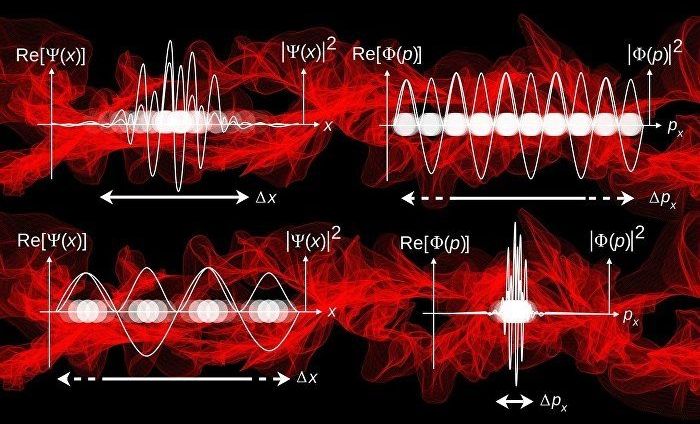Give People Money: How a Universal Basic Income Would End Poverty, Revolutionize Work, and Remake the World” (Crown), by the economic journalist Annie Lowrey, is the latest book to argue that a program in this family is a sane solution to the era’s socioeconomic woes. Lowrey is a policy person. She is interested in working from the concept down. “The way things are is really the way we choose for them to be,” she writes. Her conscientiously reported book assesses the widespread effects that money and a bit of hope could buy.
It has enthusiasts on both the left and the right. Maybe that’s the giveaway, Nathan Heller writes.


